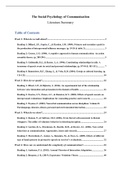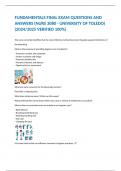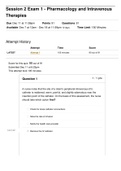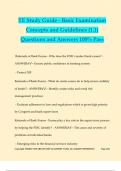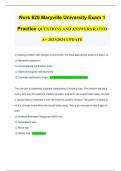Resume
Summary of all literature and lectures of The Social Psychology Of Communication (PSB3E-SP03)
- Cours
- Établissement
Ontdek deze diepgaande samenvatting van de literatuur en colleges over "The Social Psychology of Communication (PSB3E-SP03)". Alles wat je nodig hebt voor je tentamen. Deze 77-pagina's tellende samenvatting, geschreven in het Engels, behandelt alle wetenschappelijke artikelen die je moet kennen voo...
[Montrer plus]
